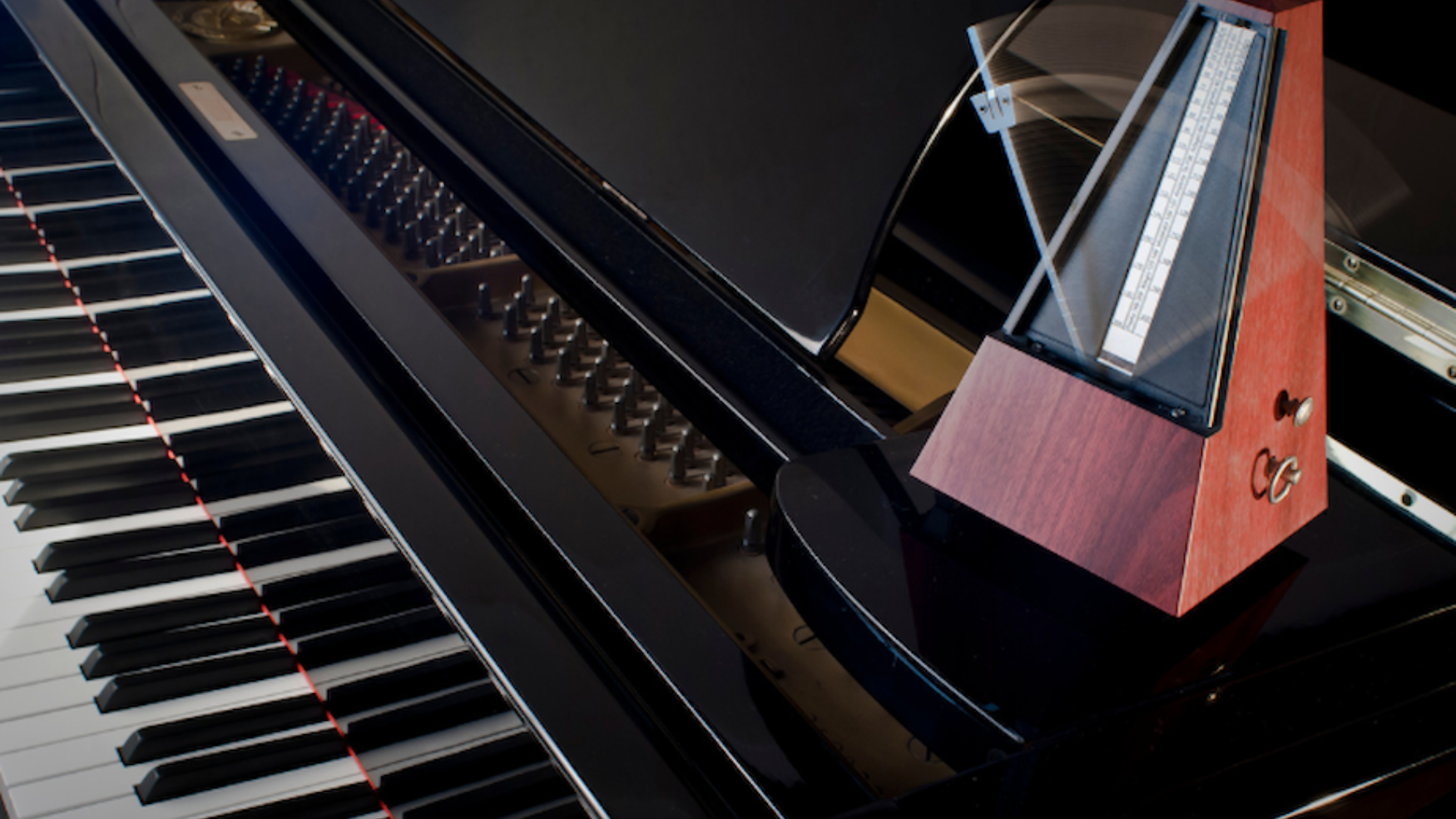For quite some time the need to have “flex” arrangements was the domain of the small bands with limited instrumentation. Now, however, enter 2020 and Covid-19. With many schools being forced into online learning or greatly reduced class sizes or even losing their rehearsal space so other classes can more easily “social distance”, the need for flex arrangements is becoming increasingly necessary.
Whether you call them “flex arrangements”, “adaptive band creations”, “adaptable arrangements” or any other terms imaginable they all mean pretty much the same thing – you can play these titles without complete instrumentation.
One of the big differences that I see now, however, is that many composers or publishers are taking some of their more challenging works and adapting them. So we are finding titles that fit in the grades 4 and higher in flexible arrangements.
Some questions and answers from Frank Ticheli probably explain some of this better than I could:
- What is Adaptable Band — and why now?
Answer: As bands re-form this Summer and Fall, many schools may, for social distancing reasons, dramatically limit the number of players. Frank Ticheli is arranging certain of his works so they can be played by any number of players, starting with four.
- How can that be?
Answer: Ticheli has kept the original music of his works, but orchestrated the music into just 4 voices.
- So, then, the treble instruments are taking the higher voices, and the lower winds and brass have the lower music?
Answer: Not necessarily. It’s more versatile than that. Read on.
- OK then, how does this work?
Answer: Every instrument has four possible parts from which to play, from Voice 1 (“soprano”) down to Voice 4 (“bass”).
- So that means I can perform one of Ticheli’s adaptable works as a flute quartet, you’ve provided the parts for that?
Answer: Yes, that would work fine.
- So it’s fair to say, then, that each instrument can perform the work in a “sectional” meeting of, say, all clarinets, or all winds, or all horns, or all brass?
Answer: Yes, you can do that.
- OK OK. I get it. Or, do I? How about if I want to mix the winds and brass, say: Clarinet, Alto Sax, Trumpet, Trombone. Would that work?
Answer: Absolutely. (And you don’t necessarily need to have Clarinet playing the top voice — you could have Alto Sax there instead.)
- How about Tenor Sax, Horn, Euphonium, and Tuba? I can do that?
Answer: Yes, that too.
- So, any combination of any instruments?
Answer: Yes, any combination of any instruments. 4 Tubas. 2 Trombones and 2 Tubas. 2 Flutes and 2 Clarinets. 2 Horns and 2 Trombones. You name it, the parts are there to do that.
- So I can get creative then?
Answer: Let’s say you have 8 instruments in the room. You can experiment and try different combinations of which instrument or instruments plays which voice.
- Can I post my performances online, say on YouTube, and my school’s site?
Answer: Yes, there is no licensing fee to do so (synchronization license is gratis and automatic).
Bandworld sent out a request for information about “flex” arrangements in connection with the Top 100 Project and here is the information that we received. This may not be a complete listing of everything “flex”, but it should get you started.
You really ought to check out the Creative Repertoire Initiative.
In these days, stay flexible and let the music play.






